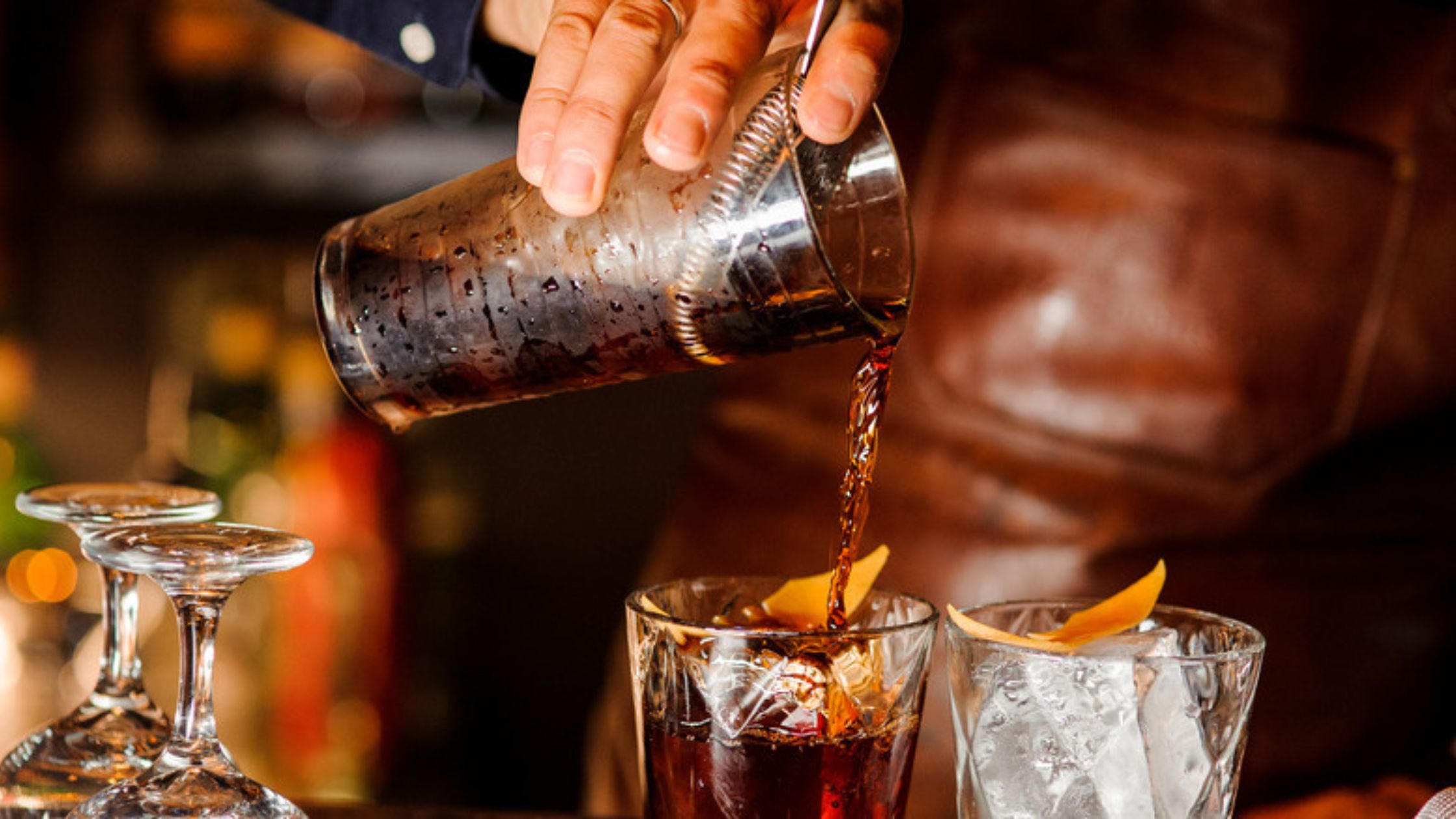Best Liquor Under ₹10,000 for a Perfect New Year 2026 Party
2025-12-05


Each cocktail represents so much more than a combination of alcohol and juice, it’s an art in which technique can shape the production of the finished drink. Shaking, stirring, muddling, or infusing an ingredient all allow you to yield various flavors, aromas, and textures. Have you stopped to think about why a shaken Daiquiri can taste bright and frothy while a stirred Martini has a silky and smooth mouthfeel?
This guide will pick apart the best-differentiated methods for mixing cocktails while addressing how each of those techniques will accentuate a spirit's unique flavors. Whether you are the inquisitive novice or seasoned at-home mixologist, understanding how each method affects cocktails allows you to get the most out of your favorite spirits.

One of the oldest debates in bartending: should you shake it or stir it? The answer lies in how each method changes the spirit’s expression.
Try this experiment at home: Make two versions of a gin Martini, shake one and stir the other. You’ll notice the shaken one looks cloudy and tastes slightly sharper, while the stirred Martini is smooth, elegant, and balanced.

Muddling is all about unlocking natural oils and juices from herbs, fruits, and spices. By pressing (not crushing) fresh ingredients, you release vibrant aromas and flavors that spirits alone can’t provide.
Pro Tip: Use gentle pressure. Over-muddling herbs like mint can make them taste bitter instead of refreshing.

At times, cocktails can be just as much about presentation as they are about flavor. Layering, or "building in the glass", is accomplished by carefully pouring liquids of differing density to make distinct bands of color.
Every sip has something different to offer: first the sweetness of a liqueur, then the spirit's punch, then the smooth finish.
Layering isn’t just eye candy, it creates a tasting journey that evolves as you sip.
If you ever wished that your gin had a touch of lavender or your vodka had notes of chili and lime, infusions are the key.
Examples:
Safety Tip: Always store infusions in clean, airtight glass containers and taste-test along the way to avoid overpowering flavors.
Modern mixology has created so many different ways to play with flavor and texture. One of the highlighted methods has been fat washing, which is basically infusing a spirit with fat (like bacon grease, coconut oil, or butter), chilling it, and straining it off the solids. This results in a spirit that has savory, creamy notes without the grease.
Other advanced methods like sous-vide infusions or even rotovap extractions are used in high-end bars to capture delicate flavors—think jasmine vodka or coffee gin.
Sugar isn’t just about sweetness, it balances acidity and bitterness, while also complementing a spirit’s natural flavors. The type of sweetener matters:
For adventurous mixologists, unexpected ingredients can redefine cocktails:
Garnishes do contribute decoration; however, they affect aroma, flavor and experience. A citrus peel expressed over a drink adds essential oils that activate your nose before your tongue. Fresh herbs, edible flowers, or dried fruit can also dramatically alter the cocktail's character.
Bitters can be just as transformative as garnishes: some simple orange bitters can brighten a Negroni, while aromatic bitters can mellow an Old Fashioned.
Having a small bitters and garnish toolkit at your house can shape a more basic drink into something special.
Regardless of the technique, balance is everything for a cocktail. The classic formula is strong (spirit) + sour (citrus) + sweet (syrup) + bitter (bitters/liqueur). When you perfect these ratios, you've basically unlocks the keys to your creative cocktail-making.
Experiment with adjustments, too tart? Add a touch more sweetener. Too flat? Increase citrus or bitters. Precision is what separates a good cocktail from a great one.
Mixology relates to more than just recipes, it is about discovering things about how the spirits interact with different tools and methods. Shaking versus fat washing versus stirring. Each method opens different dimensions of flavor, aroma, and texture.
Start with small. Stirring a Negroni, shaking a Daiquiri, muddling a Mojito. Then start experimenting: chili-infused vodka, coconut fat-washed rum. Every little test you’ll be developing a personal style and uncovering your flavors.
In the end, the best cocktail is not the one that has the most ingredients. Rather, it is one that showcases the character of your favorite spirit, the way you like it best.
Are you ready to have fun and mix things up? Pull out your shaker, pick a bottle of your favorite spirit, and see what your next signature cocktail will taste like!
Also Read: Wheat Beer vs Regular Beer — What Sets Them Apart in Flavor, Brewing, and Experience